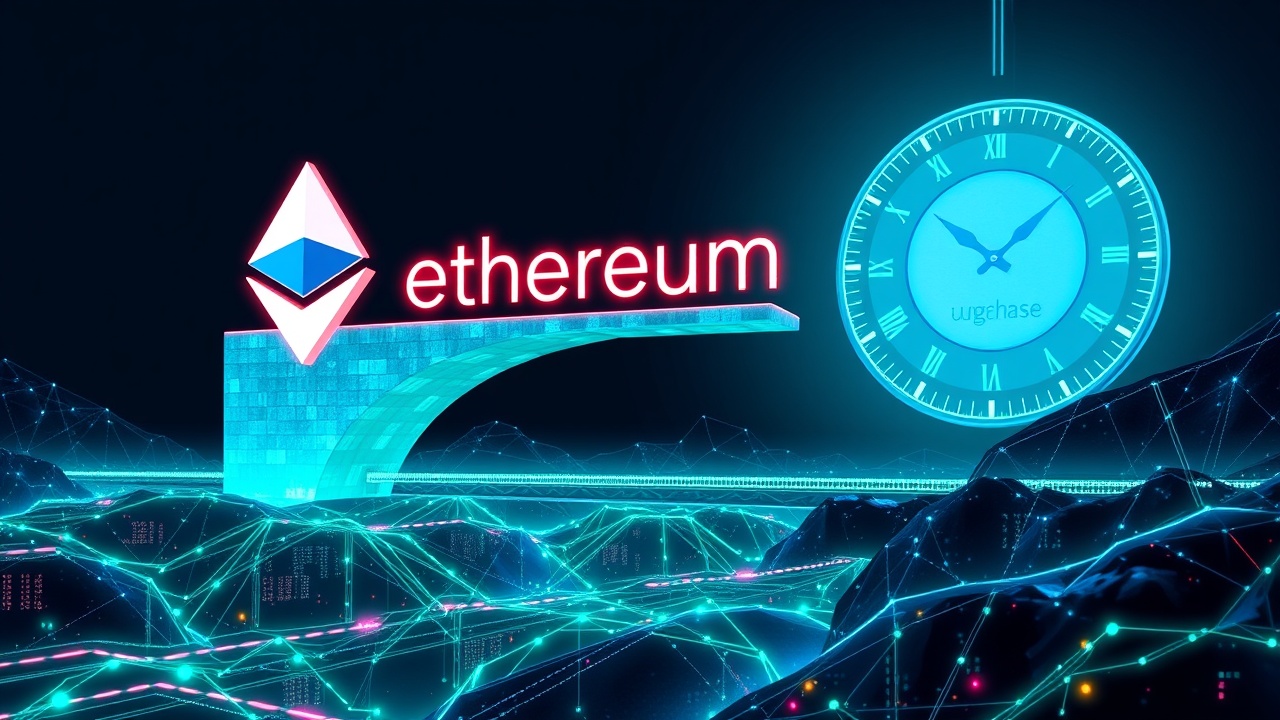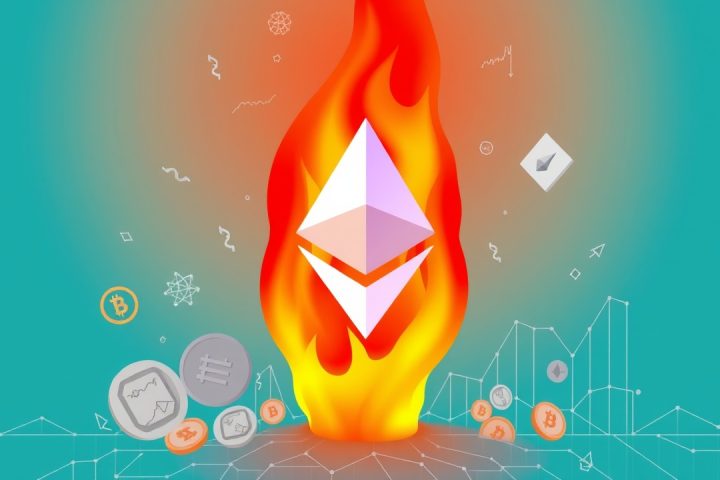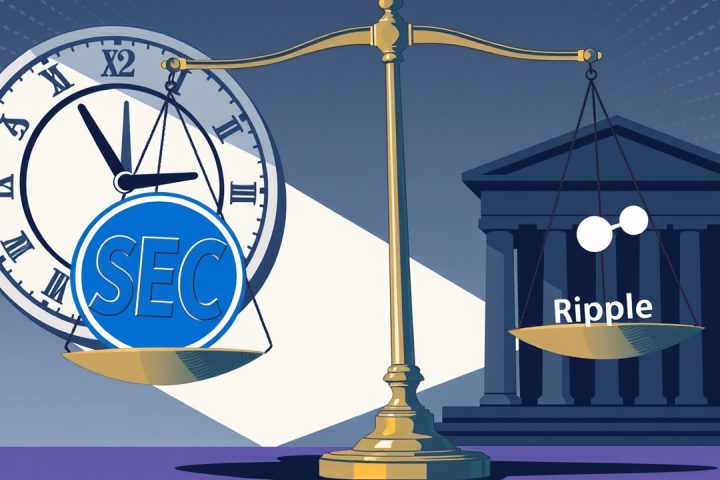Ethereum’s Upcoming Fusaka Upgrade
Ethereum is gearing up for its upcoming Fusaka upgrade, with developers scheduling an important dress rehearsal on the Hoodi testnet set for October 28. This information was disclosed during the recent All Core Devs Consensus (ACDC) meeting held on October 16.
Hoodi Testnet and Mainnet Transition
The Hoodi testnet, introduced earlier this year, is designed to replicate the Ethereum mainnet closely. The impending Fusaka launch on this testnet is critical to ensure a seamless transition when it moves to the mainnet.
In tandem with preparations for the Hoodi testnet, developers successfully tested the Fusaka upgrade on the Sepolia network earlier this week, further solidifying the upgrade’s path to the mainnet following a previous successful rollout on the Holesky testnet a fortnight prior. A positive outcome from the Hoodi testnet trial on October 28 could confirm a launch date for the mainnet upgrade, currently tentatively proposed for December 3, as discussed during the ACDC meeting.
Benefits of the Fusaka Upgrade
The Fusaka upgrade follows closely on the heels of the earlier Pectra upgrade and is designed to significantly reduce transaction costs for institutions utilizing the Ethereum network. As Ethereum attracts institutional users, this upgrade becomes increasingly pertinent, especially in light of recent market volatility.
Notably, investor Kevin O’Leary highlighted that during a market downturn, Ethereum experienced notable congestion, sending transaction costs soaring beyond $1,000, burdening small transactions with exorbitant fees akin to paying a hefty toll for minimal access.
Introduction of PeerDAS
Adding to the upgrade’s advantages, Fusaka will introduce PeerDAS, a novel data verification system that enables validators to handle smaller chunks of data, referred to as “blobs.” This innovation is expected to enhance efficiency by minimizing bandwidth needs and significantly cutting costs for users on both institutional scales and layer-2 networks.




